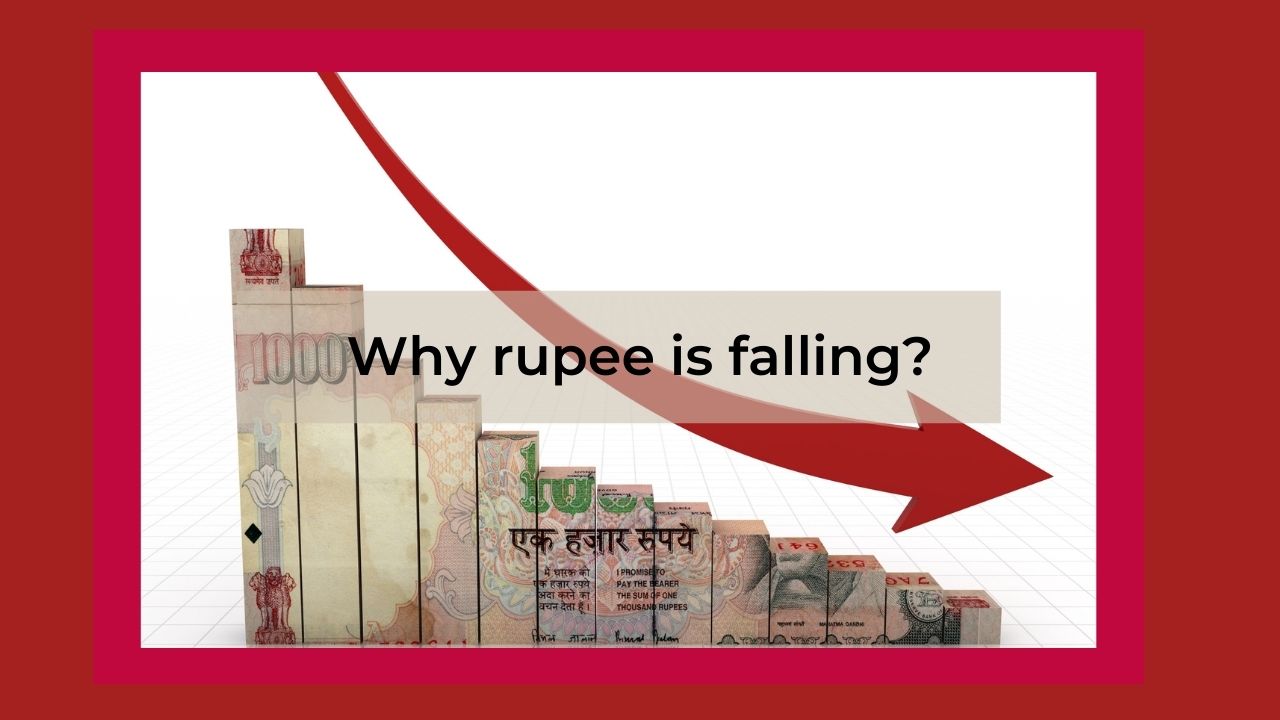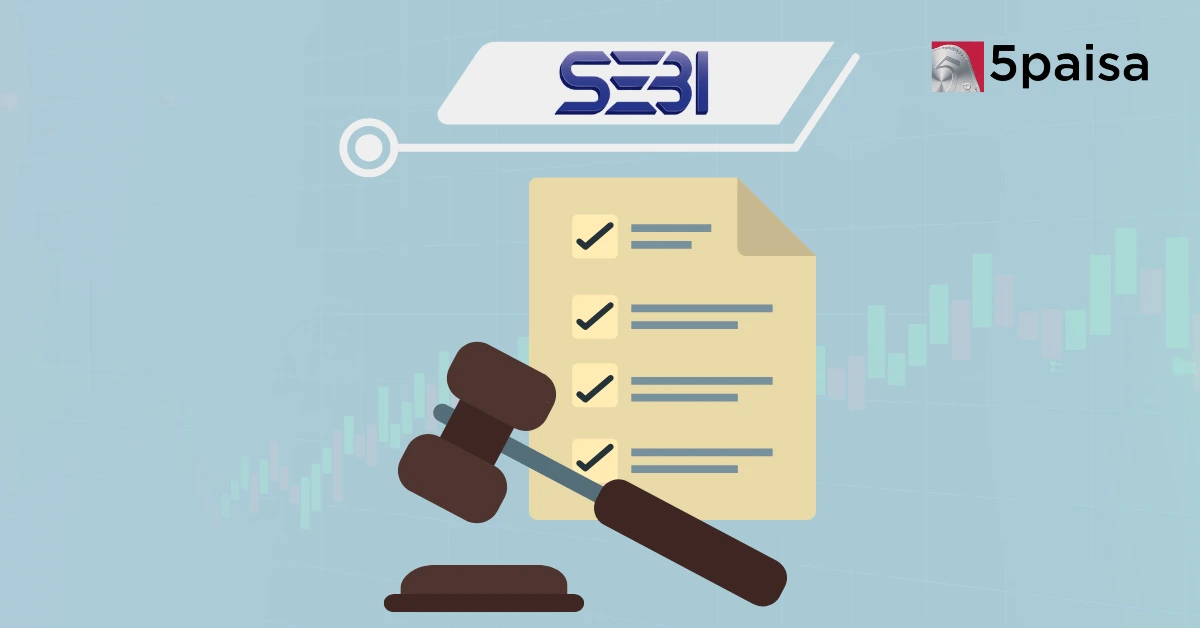Market Correction Knocks 20 BSE-Listed Firms Out of ₹1 Lakh Crore Club
What is causing this free fall in the rupee?

The rupee is on a free fall in the last few days. When the year 2022 started, the rupee was around 73.50/$. Things took a turn for the worse after the Russia Ukraine war started and the price of oil started shooting up. Normally, a sharp fall in the rupee is a combination of fundamental and technical factors and that is precisely the case this time around too. The rupee has weakened from 73.50/$ at the start of the year to 79.30/$ towards the middle of this year.
What has driven the weakness in the Indian rupee?
There have been several reasons for the sharp weakening of the Indian rupee in the last few weeks. These are a mix of fundamental factors and also technical, demand-related factors.
a) The first major factor to drive weakness in the Indian rupee was the strength in the dollar. That is a situation brought about by the risk off flows in favour of the US dollar assets. As the Fed turned hawkish and promised a series of rate hikes to offset the impact of inflation, the US debt paper suddenly looked a lot more alluring to global investors. This led to a surge of flows into dollar assets resulting in strengthening of the dollar. As the dollar hardened against a basket, the rupee also saw weakening.
b) But that was about the only purely external factors. Most of the other factors resulting in the weakness in the rupee were India based factors. The sharply rising trade deficit is a key reason. For the first quarter ended June 2022, India’s trade deficit on the merchandise account is $70 billion. That means, India should close the fiscal year FY23 with trade deficit in the vicinity of $280 billion and that would put a lot of pressure on the current account deficit and consequently the Indian rupee.
c) Continuing on the subject of the trade deficit, most of the products causing the trade deficit are sticky in nature. For example, India relies on imports for 85% of crude oil needs, 80% of coking coal and most of its gold needs. These three products are jointly causing most of the trade deficit and there appears to be no respite in the short run. Also, with the ongoing war in Russia and supply chain bottlenecks, India would only have to rely more on imports while its exports get constrained.
d) Normally, the foreign portfolio flows act as a cushion amidst rising trade deficit and that acts as a buffer for the Indian rupee. This time around, as the trade deficit has built up, even the global portfolio flows are sharply negative. For example, since October 2021, FPIs have sold equities worth $35 billion in India while they have sold $29 billion since the start of the current calendar year. Domestic flows are robust but that can hold the market indices, but really cannot hold the rupee value beyond a point.
e) Then there are the technical factors at play. Forward premiums in the ready forward market for dollars have shrunk to record low levels. As a result, there is no demand for the rupee in the forward market since the attractive premium on the rupee was one of the factors that triggered demand for rupees. In the absence of demand amid low premiums, the rupee has taken a further hit on the demand front. That is also contributing to weakening the rupee.
f) Last, but not the least, there is also an element of dollar demand involved. When the dollar hardens, the oil companies and the foreign currency borrowers having dollar payables, tend to rush for forex cover. This spikes the demand for dollars and leads to a sharp spike in the dollar value and a weakening of the rupee. That kind of surge in dollar demand has been often seen in the last few months.
The one question mark that remains is the RBI intervention. Around 78/$ levels and around the 79/$ levels, the RBI did intervene. However, the RBI would also have other considerations. Firstly, as per the real effective exchange rate (REER), the rupee should be closer to 81/$, hence the RBI may not intervene beyond a point. Also, the RBI saw its reserves plummet from $647 billion to $590 billion trying to defend the rupee. With just about 9 months of import cover, RBI largely has its hand tied in defending the rupee.
- Flat ₹20 Brokerage
- Next-gen Trading
- Advance Charting
- Actionable Ideas
Trending on 5paisa
01
 5paisa Research Team
5paisa Research Team
Indian Market Related Articles
Disclaimer: Investment in securities market are subject to market risks, read all the related documents carefully before investing. For detailed disclaimer please Click here.

 5paisa Research Team
5paisa Research Team




